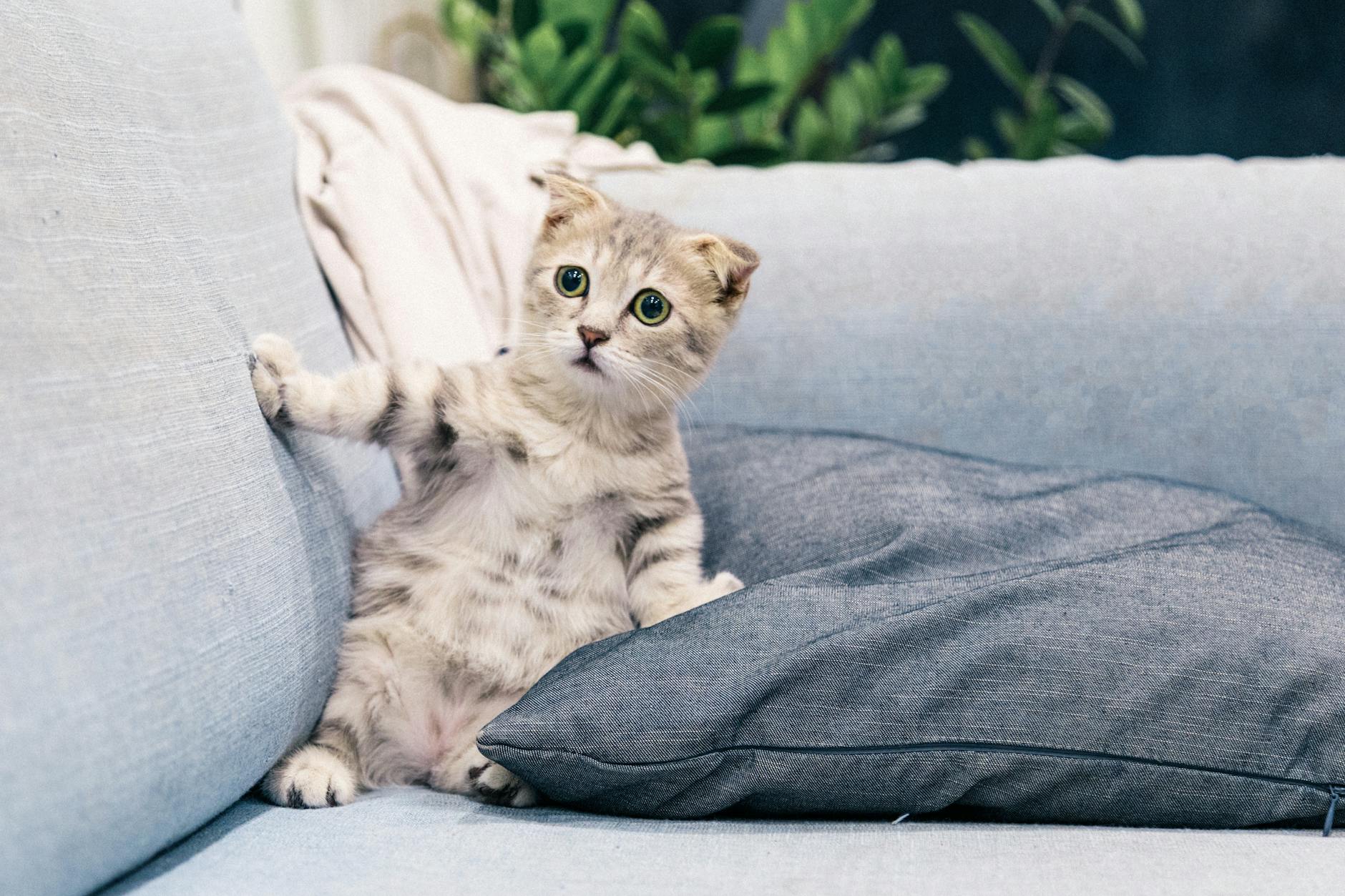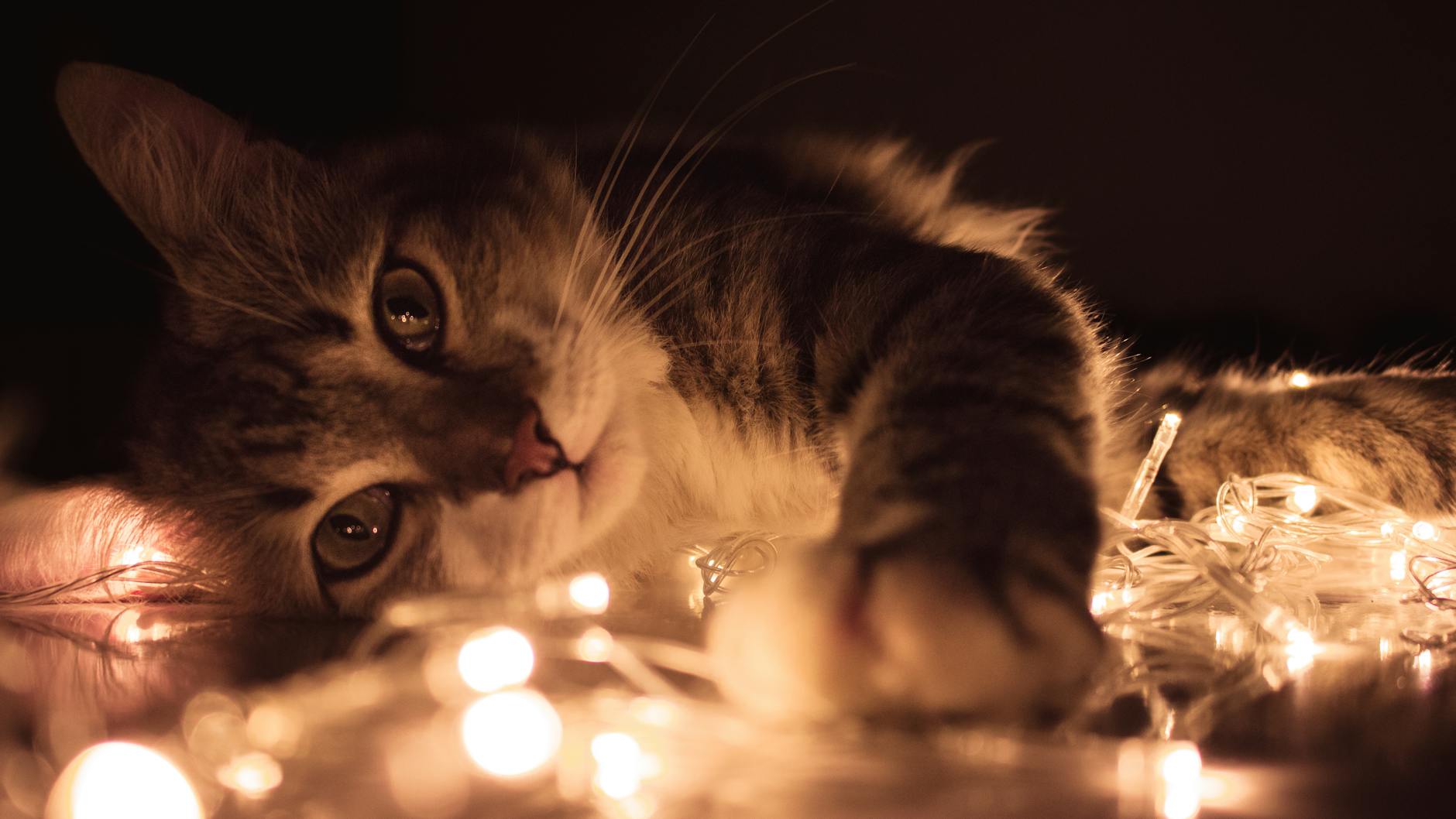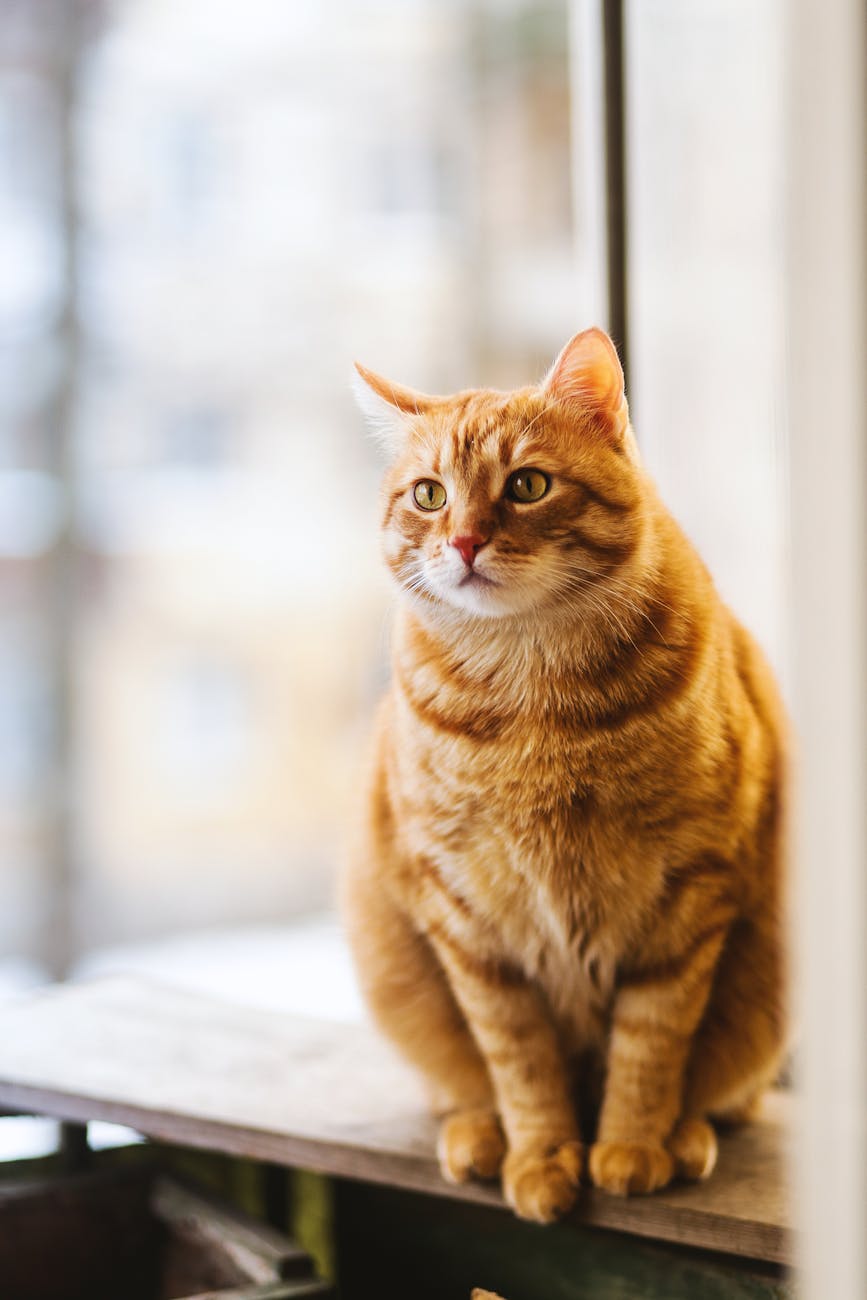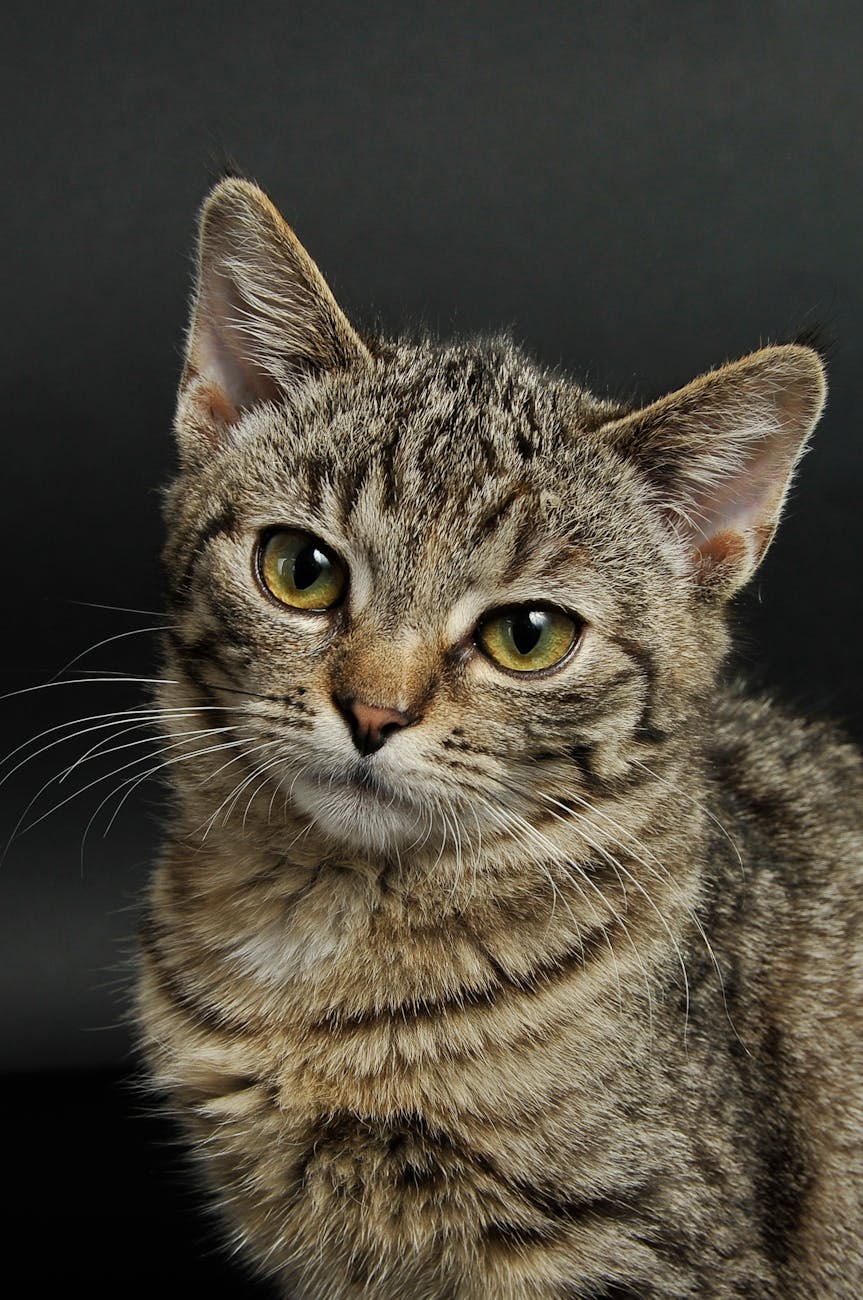As cat owners, ensuring the safety and health of our feline friends is paramount. With many dietary options available, questions often arise about the use of noniodized salt in their meals. While noniodized salt lacks the iodine that cats need for a balanced diet, understanding its implications is crucial. This post explores the safety of noniodized salt for cats, the potential risks associated with its consumption, and symptoms of salt poisoning to watch for. By gaining insight into these topics, you can make informed choices that prioritize your cat’s well-being.
Understanding Non-Iodized Salt and Its Composition
Noniodized salt is a type of salt that lacks added iodine, a crucial nutrient for various bodily functions. Composed mainly of sodium chloride, this salt serves not only as a seasoning but also as a preservative in certain foods. Here’s a breakdown of its key components:
- Sodium Chloride: The primary ingredient, noniodized salt consists of about 97-99% sodium chloride.
- Absence of Iodine: Unlike iodized salt, which contains potassium iodide or sodium iodide, noniodized salt does not deliver iodine.
- Trace Minerals: It may hold trace amounts of other minerals depending on its source, but these amounts are generally minimal.
When considering noniodized salt, remember that the absence of iodine can lead to potential health issues, especially for pets, as iodine plays a role in thyroid function. Understanding these components will help you make more informed dietary choices for your cat while ensuring their safety. Always consider the long-term health implications when using noniodized salt for flavoring your cat’s food.

The Role of Iodine in a Cat’s Diet
Iodine plays a crucial role in maintaining a healthy diet for cats. This essential trace element is vital for the production of thyroid hormones, which regulate several bodily functions, including:
- Metabolism: Helps maintain energy levels.
- Growth: Supports proper development in kittens.
- Reproduction: Aids in overall reproductive health.
Cats cannot synthesize iodine on their own; therefore, they rely on dietary sources. Although many common salts contain iodide, noniodized salt lacks this important nutrient. Thus, feeding cats only noniodized salt can lead to iodine deficiency, resulting in:
- Hypothyroidism: Symptoms may include lethargy, weight gain, or hair loss.
- Developmental Issues: Kittens may face stunted growth.
It’s essential to ensure your cat’s diet includes adequate iodine levels. You can incorporate iodine-rich foods like fish or seaweed or discuss supplementation options with your veterinarian. Always be cautious when using noniodized salt; understanding its composition helps maintain your cat’s overall health.
Potential Risks of Non-Iodized Salt for Cats
While noniodized salt can be an ingredient in some cat foods, it poses potential risks that every cat owner should consider. Here are the key points to keep in mind:
Sodium Imbalance: Cats require sodium in their diet, but excessive amounts can lead to health issues. Noniodized salt may exceed safe sodium levels for felines, resulting in dehydration or kidney strain.
Iodine Deficiency: Noniodized salt lacks iodine, a vital nutrient that helps regulate thyroid function. Cats deficient in iodine may develop serious health issues such as hypothyroidism.
Salt Poisoning: Too much noniodized salt can lead to salt poisoning, with symptoms including:
- Vomiting
- Diarrhea
- Increased thirst
- Frequent urination
- Tremors or seizures in severe cases
Long-term Effects: Ongoing consumption of noniodized salt could contribute to chronic health conditions like hypertension or cardiovascular disease in cats.
In summary, while noniodized salt has its uses, moderation is essential to safeguard your cat’s health. Always consult a veterinarian for personalized dietary advice.
Symptoms of Salt Poisoning in Cats
Cats can be quite sensitive to sodium intake, and excessive consumption of noniodized salt may lead to salt poisoning. It’s crucial for pet owners to recognize the symptoms early to ensure prompt treatment. Here’s what to watch for:
- Increased Thirst: A cat may drink much more water than usual.
- Frequent Urination: You might notice your cat urinating more frequently.
- Vomiting: This can occur shortly after ingestion of excessive salt.
- Lethargy: A sudden drop in energy levels can signal trouble.
- Tremors or Seizures: In severe cases, salt toxicity can lead to muscle tremors or seizures.
- Nausea: Your cat may exhibit signs of discomfort or distress.
If you suspect your cat has consumed a large amount of noniodized salt and shows any of these symptoms, contact your veterinarian immediately. Recognizing these signs allows for quicker intervention, which is vital for your cat’s well-being. Remember, prevention is key, so always monitor your cat’s diet and the ingredients in their food.

Safe Sodium Levels for Feline Consumption
Understanding safe sodium levels for your feline friend is crucial. While noniodized salt is often used in cooking, cats require only a minimal amount of sodium in their diet. Here are some important points to consider:
- Recommended Daily Intake: Cats typically need about 0.2% to 0.5% of their daily caloric intake to come from sodium.
- Diet Quality: Most commercial cat foods already contain sufficient sodium, so additional salt—especially noniodized salt—should be avoided unless specifically advised by a veterinarian.
- Health Conditions: Cats with certain health issues, such as kidney disease, may need lower sodium levels in their diet. Always consult your vet for personalized advice.
Comparing Sodium Sources
| Type of Salt | Iodine Content | Recommended for Cats |
|---|---|---|
| Non-Iodized Salt | None | Limited Use |
| Iodized Salt | Yes | Avoid Excess |
| Natural Sources | Varies | Generally Safe |
In conclusion, while noniodized salt is not inherently toxic to cats, excessive salt intake can lead to serious health concerns. Ensuring balanced nutrition keeps your kitty happy and healthy. Always prioritize their needs over flavor enhancements.
Alternatives to Non-Iodized Salt for Flavoring
When it comes to enhancing your cat’s meals, you want to ensure you provide safe and flavorful options. While noniodized salt may seem like a straightforward seasoning choice, several alternatives can make your cat’s food tasty without the risks associated with high sodium intake. Here are some excellent substitutes:
- Herbs: Fresh or dried herbs like catnip, parsley, or basil can add flavor safely.
- Broth: Low-sodium chicken or beef broth can be an enticing addition. Ensure it’s free of onions and garlic, which are toxic to cats.
- Pumpkin: A bit of pure pumpkin puree can provide a natural sweetness and boost fiber in your cat’s diet.
- Fish Oil: A few drops of fish oil offer flavor and promote a healthy coat, making mealtime more appealing.
Comparison of Seasoning Alternatives
| Seasoning | Flavor Profile | Nutritional Benefits |
|---|---|---|
| Herbs (e.g., catnip) | Aromatic | Packed with antioxidants |
| Low-sodium Broth | Savory | Hydration, protein source |
| Pumpkin Puree | Slightly sweet | High in fiber, helps digestion |
| Fish Oil | Rich, fishy | Omega-3 fatty acids |
These alternatives not only ensure your feline friend enjoys their meals but also maintain their health. Remember, always consult your veterinarian before introducing new foods to your cat’s diet.
Consulting Your Veterinarian: Best Practices
When it comes to your cat’s dietary choices, consulting your veterinarian is paramount, especially regarding noniodized salt. Here are some best practices to follow:
Discuss Dietary Needs: Each cat has unique nutritional requirements. Your vet can help determine if noniodized salt fits into your cat’s diet effectively.
Monitor Health Conditions: If your cat has specific health issues, such as kidney disease or hypertension, your veterinarian may advise against noniodized salt altogether.
Ask About Safe Levels: Inquire about the safe sodium levels for your feline. Understanding how much salt, if any, is appropriate can prevent potential health risks.
Evaluate Alternatives: Your vet can recommend suitable alternatives to noniodized salt for flavoring meals without compromising your cat’s health.
Regular Check-ups: Maintain regular veterinary visits to monitor your cat’s overall health and diet.
Taking proactive steps by consulting your veterinarian ensures that your furry friend enjoys a healthy and balanced diet while minimizing any risks associated with noniodized salt. Always prioritize expert advice for the best outcomes.

Conclusion: Making Informed Choices for Your Cat
In summary, noniodized salt presents both benefits and risks for your feline companions. It’s essential to understand that while cats do require sodium for bodily functions, the source and quantity matter significantly.
When considering noniodized salt for flavoring your cat’s meals, keep these key points in mind:
- Moderation is Key: Limit the amount of salt, regardless of type. Too much can lead to health issues.
- Iodine Importance: Understand that iodine deficiency can affect your cat’s health, especially since noniodized salt lacks this crucial nutrient.
- Look for Alternatives: Natural herbs or vet-recommended flavor enhancers might be safer options.
Always consult your veterinarian before making changes to your cat’s diet, especially when it involves salt. By making informed choices and prioritizing your cat’s health, you can ensure that their dietary needs are met without unnecessary risks. Balancing their nutrition is crucial for keeping your furry friend happy and healthy!
Frequently Asked Questions
What is non-iodized salt and how does it differ from iodized salt?
Non-iodized salt is salt that does not contain iodine, a crucial nutrient that is often added to table salt to prevent iodine deficiency in humans. The primary difference between non-iodized and iodized salt lies in the presence of iodine; iodized salt includes potassium iodide or sodium iodide, while non-iodized salt relies solely on the natural minerals found in salt. Non-iodized salt is typically used in cooking and food preservation, while iodized salt is more common for general consumption to support thyroid function and prevent health issues related to iodine deficiency.
Is non-iodized salt safe for cats to consume?
Non-iodized salt can be safe for cats in very small quantities, as cats require some sodium in their diet for proper body function. However, it should not be given as a treat or in large amounts. Cats naturally get sodium from their regular cat food, which is balanced to meet their nutritional needs. Excess sodium can lead to health problems such as high blood pressure, dehydration, and kidney issues. Therefore, it’s best to limit any additional salt intake and consult with a veterinarian for guidance on your cat’s dietary needs.
What are the health risks if a cat consumes too much non-iodized salt?
If a cat consumes too much non-iodized salt, it can lead to several health risks. Sodium poisoning may occur, resulting in symptoms such as excessive thirst, urination, vomiting, diarrhea, and in severe cases, seizures or even death. Long-term excessive intake can contribute to hypertension or heart disease. Cats are particularly sensitive to salt due to their dietary requirements, which means controlling their salt intake is crucial. It’s always wise to monitor your cat’s diet and consult with a veterinarian if you suspect they have ingested too much salt.
What alternatives should I consider instead of non-iodized salt for flavoring my cat’s food?
Instead of using non-iodized salt to flavor your cat’s food, consider using cat-safe herbs and spices that can enhance the taste without the risks associated with salt. Some safe options include catnip, parsley, and a small amount of pumpkin or chicken broth (without added salt). Additionally, ready-made cat treats often contain flavors that appeal to cats and are specifically formulated to be safe for their unique dietary needs. Always ensure any additions to your cat’s diet are vet-approved to maintain their health.



